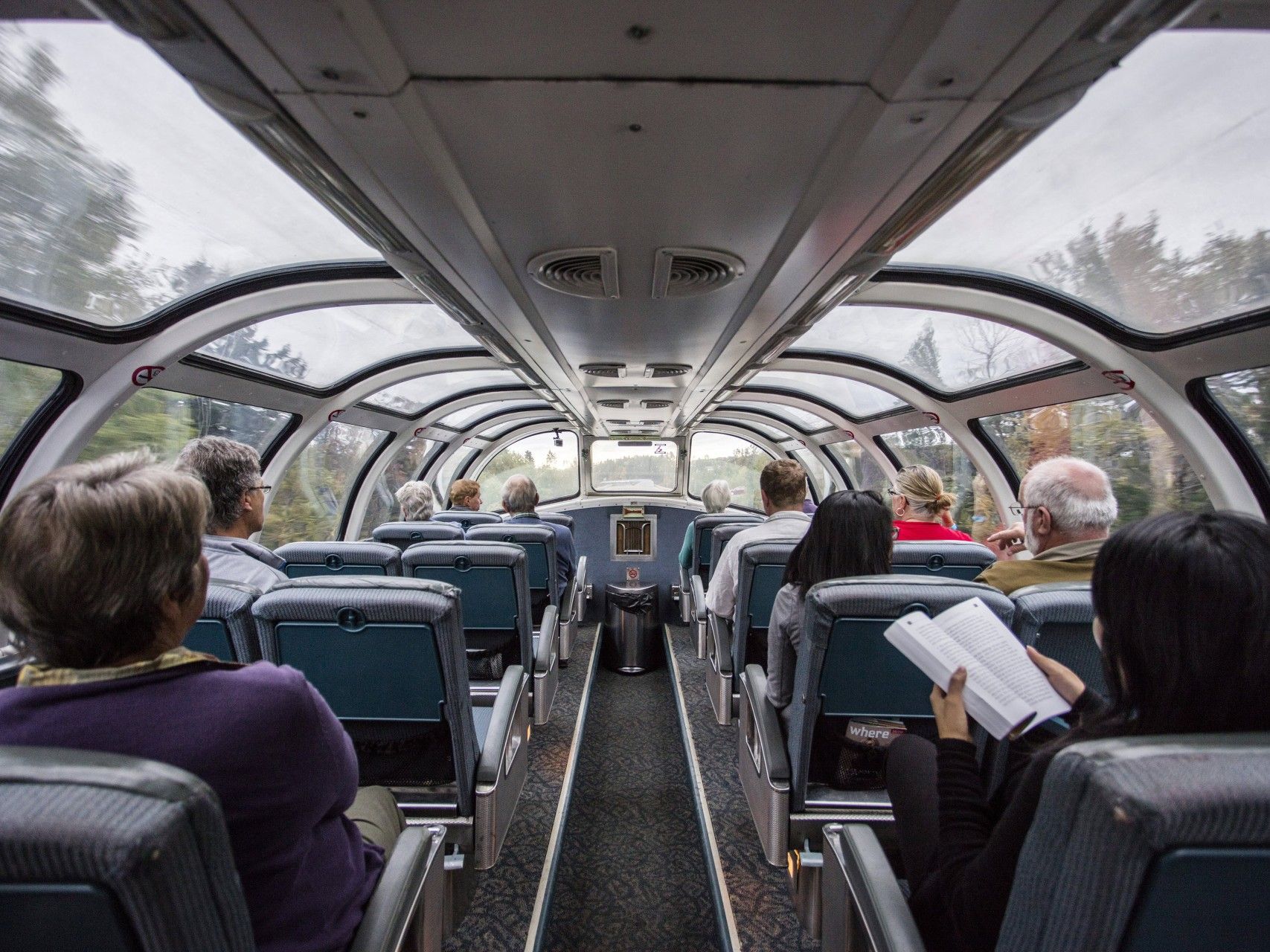I thought we had already discussed that here, but I am not aware of any changes in VIA's mandate since January 1990 (when an Order-in-Council
forced VIA to drastically cut its network and services), but that doesn't seem to have prevented the MTO from co-financing the reintroduction of what is today train #82 and #83 (i.e. the early-morning commuter train from London to Toronto and the late-afternoon return trip) just a year later, or are you aware of any changes in VIA's mandate since then?
I would assume that the biggest chunk in VIA's operating cost is labor rather than track access: two locomotive engineers and one service manager, where a bus can be operated with one single driver. Fuel might also be a major factor, since a train has a much higher weight and much more powerful motors...
Actually, VIA's variable revenues on its Corridor operations were already enough pre-Covid ($294 million in 2018) to not just offset its own variable expenses ($217 million), but to also pay for the negative contribution of all non-Corridor ($37.8 million) and to contribute a similar amount ($39.2 million) towards its overheads:
View attachment 434016
Original posted in: Post
#6,707
Compiled from:
VIA Rail's Summary of the Corporate Plan and
Annual Plans 2017 and 2018
Note: figures in
bold are provided in above documents, whereas all other figures are derived from these figures.





